Block: 76
Timestamp: 01:07:26

AuditProfile
Security blog
A tricky ternary operator
We all know how to use ternary operators. Some of them can be really creative, like the one below:
uint a = 100;
uint b = 10;
bool aIsSmallerOrMultiple = a < b ? true : a % b == 0 ? true : false;But even if you're good at it, there are still logical situations where you can use it wrongly. Let's take a look on the Beanstalk contest.
The `LibChainlinkOracle::getTokenPrice` function has a parameter of `lookback` in order to determine how many seconds ago do we want to obtain the twap of a chainlink price feed. However, this is implemented in a wrong way.
When the function is called, it returns a different price calculation depending on the `lookback` parameter passed to the function:
function getTokenPrice(
address priceAggregatorAddress,
uint256 maxTimeout,
uint256 lookback
) internal view returns (uint256 price) {
return
lookback > 0
? getPrice(priceAggregatorAddress, maxTimeout)
: getTwap(priceAggregatorAddress, maxTimeout, lookback);
}In this case the ternary operator returns the function `getPrice` (instantaneous price) when lookback > 0 and `getTwap` when lookback == 0. As we can see, the conditional for returning the different price computation is wrong because it returns the twap price when lookback = 0, which is basically the instantaneous price and it returns the current price when the lookback parameter is greater than 0, when it should return the twap according to the amount of lookback passed.
The correct behaviour should be that when `lookback` is set to 0, it should return the instantaneous price "`getPrice`" and when it is greater than 0 it should return the "`getTwap`" function passing it the lookback parameter.
Anyway, even if you know how to write ternary operators, you should still be aware of the logic flaws in them.
Read the full report here (H-01):
#ternary
#defi
#math
Study for free

Cyfrin Updraft
Completely free courses

RareSkills Tutorials
Learn more about the blockchain world

Smart Contract Programmer
Free education videos
Awesome Books
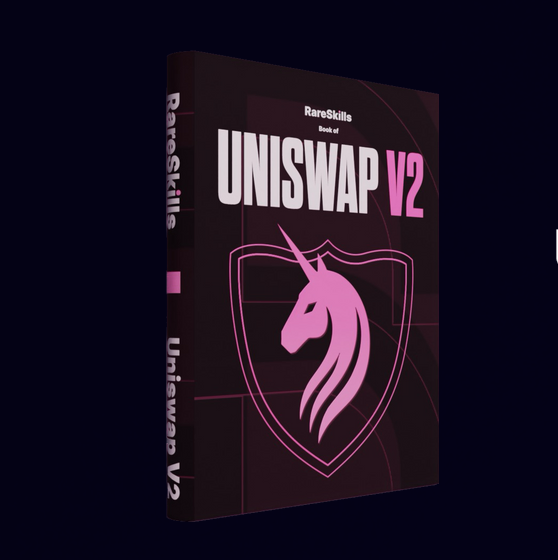
Uniswap V2 Book
by RareSkills
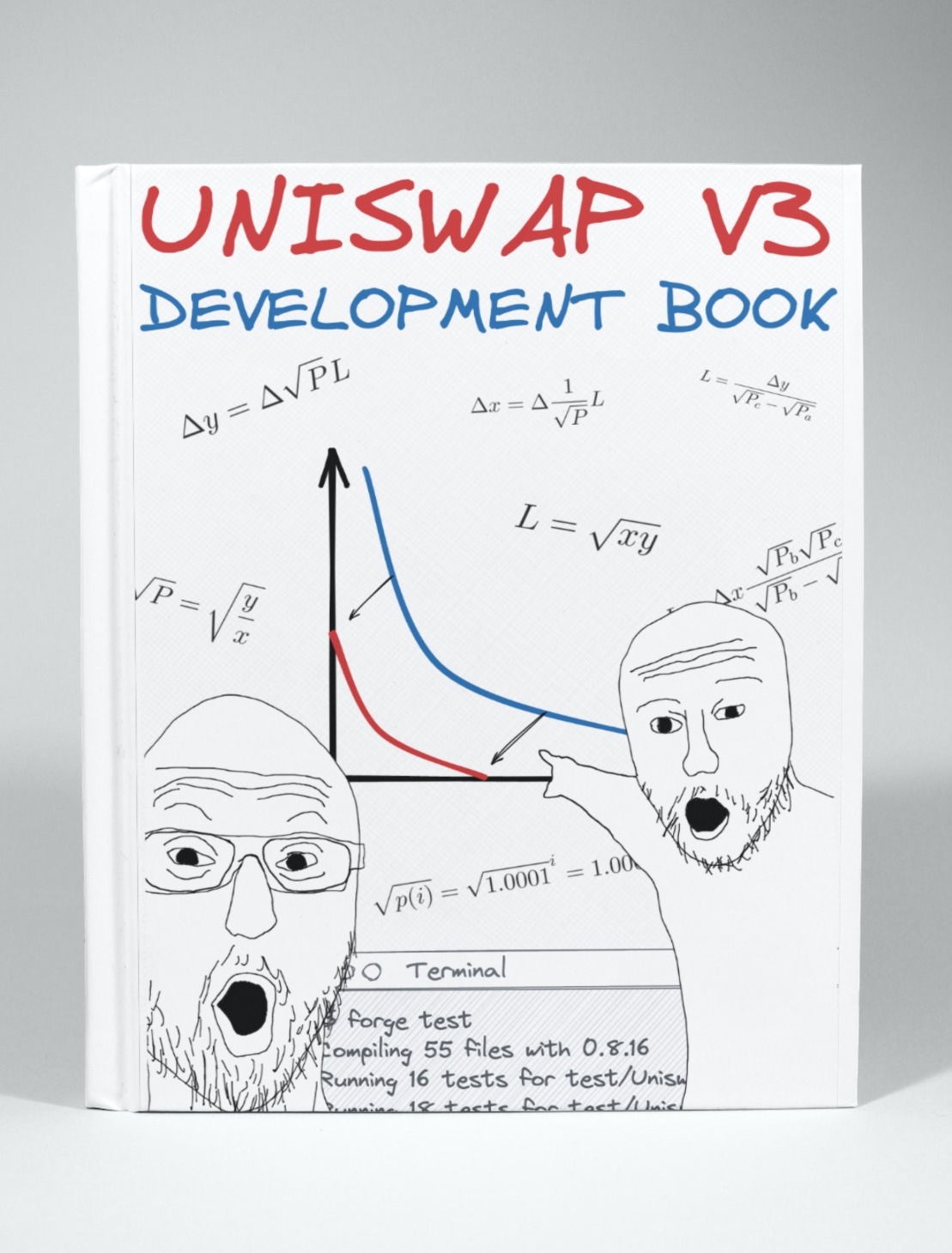
Uniswap V3 Book
by Jeiwan
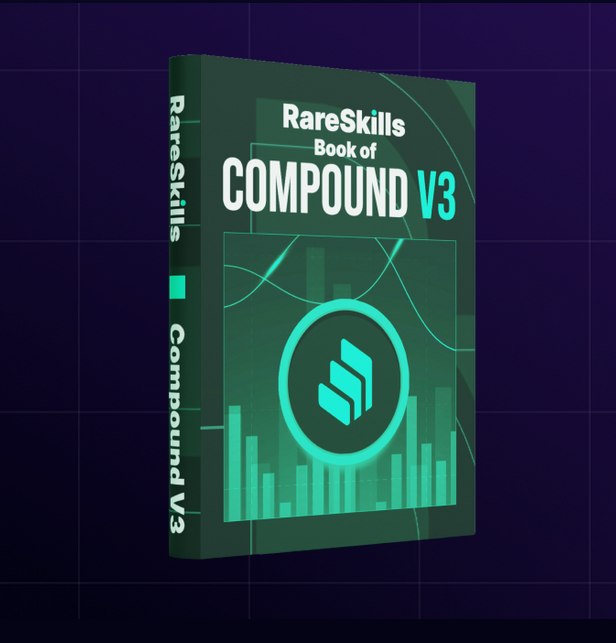
Compound Book
by RareSkills
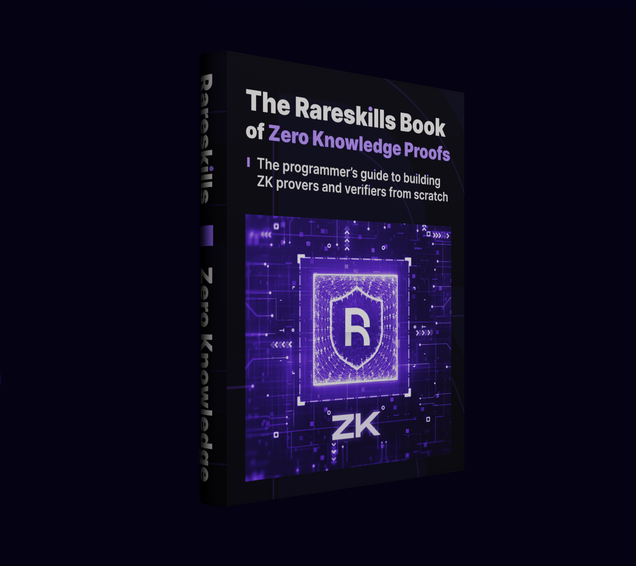
ZK Book
by RareSkills
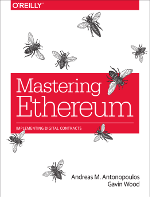
Ethereum Book
by Andreas M. Antonopoulos, Gavin Wood

Beigepaper
by Micah Dameron
Useful tools

EVM diff
Compare execution layer differences between chains

EVM storage
Dive deep into the storage of any contract

